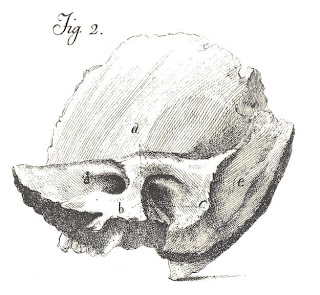Ambroise Paré

History of Medicine ... 8 In old times surgeons were not physicians, they were classified with the barbers. They were people with manual abilities, but usually uncultured and without adequate knowledge of the glorious medical profession. They were despised by the physicians. Ambroise Paré was the man who changed this, he was probably the first eminent surgeon. He was also a pioneer on forensic medicine. He was born around 1510 in Laval, France, and died in Paris in 1590. He first learned to be a barber and later learned wound-dressing at the Hôtel-Dieu, in Paris. Snubbed by the physicians at the Collège de St. Côme, he decided to join the army, where he achieved his fame. A Spanish surgeon, Juan de Vigo, published in 1514 a book called Practica Copiosa in Arte Chirurgica , in which he stated, quite dogmatically, that gunshot wounds were poisoned and had to be treated with boiling oil. This became the treatment of choice for these wounds. Paré followed this tradition for a certain perio

